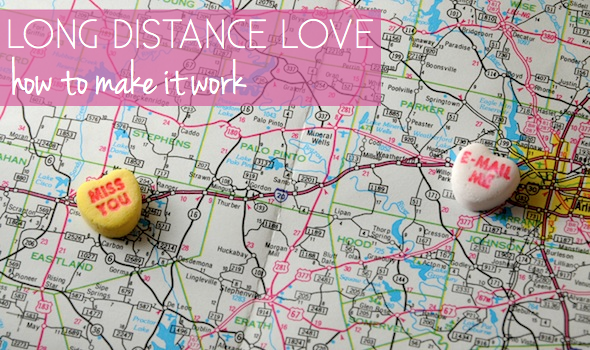Usually we are introduced to credit cards in our teens or early 20s and what magical things these seem to be. Various commercials proclaim how a credit card means freedom, taking trips, buying items we’ve only dreamed of, and having all sorts of fun. Alas, what they don’t tell you about is the fine print, and how as much as the companies would like you to believe otherwise, credit cards are not supplements to your income, but rather a drag on it.
In the commercials, if there is any mention of paying back the money owing on a credit card it is often treated as a simple process of making the minimum monthly payments. This is the approach the credit card companies want you to use, but it’s one that you shouldn’t. The reason why is that by only paying the minimum monthly payment over the course of time you end up paying a lot more than you originally borrowed.
Depending on how long it takes you to pay down the amount owing, you may end up paying almost 50%, or more, on top of what you originally borrowed by making only the minimum payment. This happens because the minimum payment in many cases only ends up paying part of the interest accrued on your credit card debt and doesn’t actually pay off any of the money you borrowed. Consequently, the following month the new interest is based on not only the money you borrowed, but the interest you didn’t completely pay off the previous month. Thinking that they’re alright because they paid the minimum amount for the month, most people will buy additional items using the credit card and further driving up the credit card debt. This creates a vicious cycle that continues to push up the amount of money owed, and if not dealt with, can cause you great financial harm. It can destroy your credit rating, make it difficult to get a bank loan, car loan, or mortgage, and if you stop making the minimum payments because they’ve become too large, result in credit agencies chasing after you, harassing you, and going after your assets and income.
If you get the sinking feeling that the above describes you, the first thing you need to do is figure out exactly how much you owe today on your credit card. You can usually obtain this total by simply calling up your credit card company. Once you have that total and are certain there are no other charges made on the credit card that haven’t quite been added to the total, in which case pull out these bills and add them to the total, you need to take a look and see how much money you have in your bank account that you don’t need to pay your bills, expenses, or for food. Take at least half of that leftover money and put it towards the credit card debt. Hopefully this amount should be much larger than the minimum payment for the credit card. Place the credit card somewhere safe and don’t carry it with you until you’ve paid it off. Repeat this exercise every two weeks until you’ve eliminated the debt.
If you don’t have the money in your bank account, or your income is too low at the moment, the best thing you can do is go to your bank and open up a credit line account. Once you’ve done so borrow the money from the credit line to pay off your credit card debt. It’ll be easier to pay off the credit line debt because they almost always charge a lower interest rate, thus you’ll be able to better pay not only the minimum payment on a monthly basis, but also reduce the amount you borrowed. Again the credit card should be put away somewhere until such time you’ve paid off the debt.
It is highly recommended to not have more than one credit card. This is because there is a temptation to take a cash advance from one of the credit cards to pay the minimum payment on the other one and vice versa. Unfortunately, all you’ve done is drive up the debt on both credit cards because the second you do a cash advance on a credit card, they start charging you interest on the money you borrowed. Unlike when you simply charge your credit card, and then the interest is accrued on a monthly basis, if you haven’t paid off your debt, taking a cash advance results in interest immediately being charged on however much you borrowed. Even the mob gives you a grace period before they start charging interest on the money you borrow from them, but not the credit card companies.
Another thing to watch out for is the introductory interest rates for your credit card. Many companies offer credit cards starting at a 6% or 7% interest rate. What is only in the fine print though, is that the interest usually doubles or triples after 6 months or a year. So you may have thought that you were being charged a reasonable rate on your credit card, but what you may find will shock you. When this happens there are a couple of choices open to you. You can go get a credit card from another company with an introductory rate, and use it to pay off the debt on the first card, and then work to pay off the debt before those introductory rates expire; or alternatively you can use the money in your bank account or get a credit line and use itto pay off the debt as described previously.
Also, avoid credit cards that have monthly or annual membership fees. These credit cards may offer a slightly lower rate of interest, but they more than make up for it with their membership fees and those fees are charged whether you owe money on the card or not.
Lastly, when it comes to credit cards you need to learn to be selective about what you use them for. If you’re thinking of using the credit card to make a large purchase you should have a plan beforehand of how you plan to pay off the debt. Otherwise you should only ever use them for purchases that you know you can pay off using your next pay check, emergencies or a severe crisis. The more you adhere to that approach the less likely you’ll be facing financial difficulties because of your credit card down the road.




